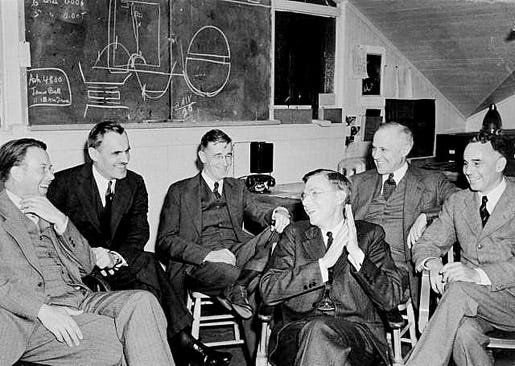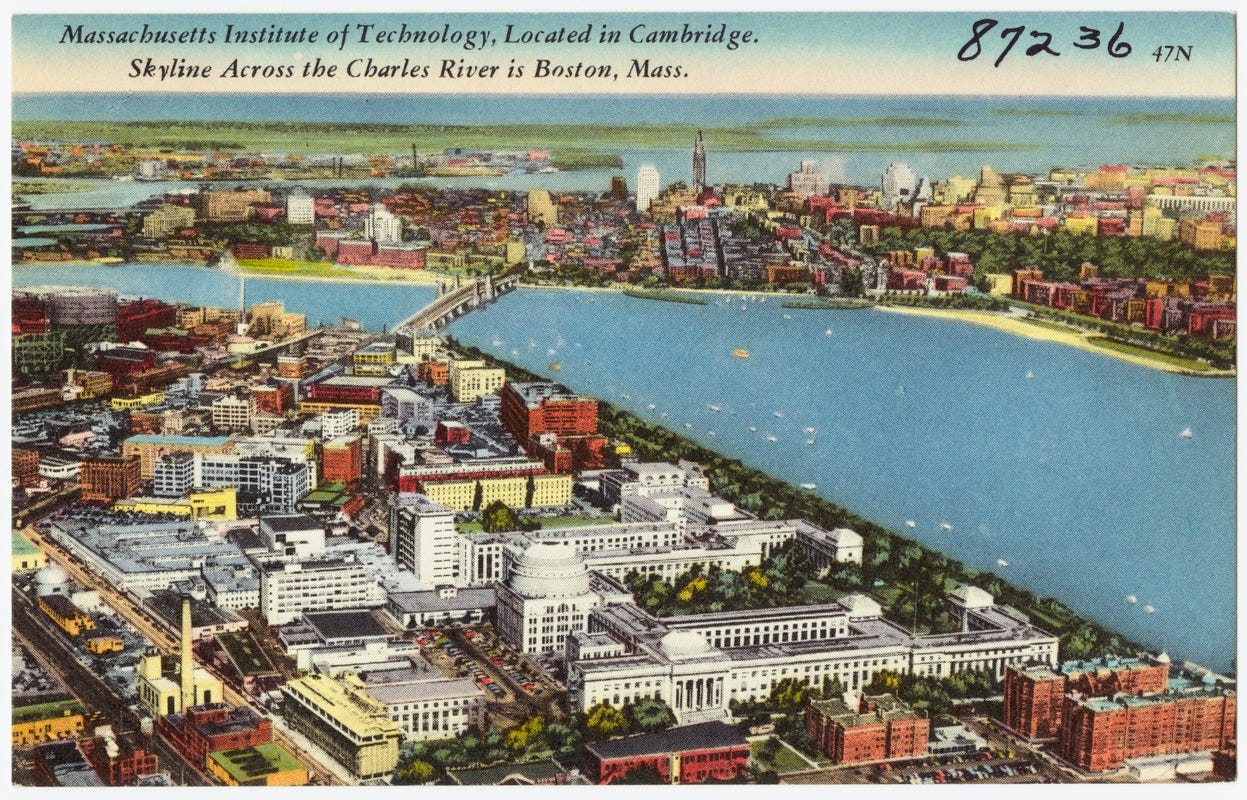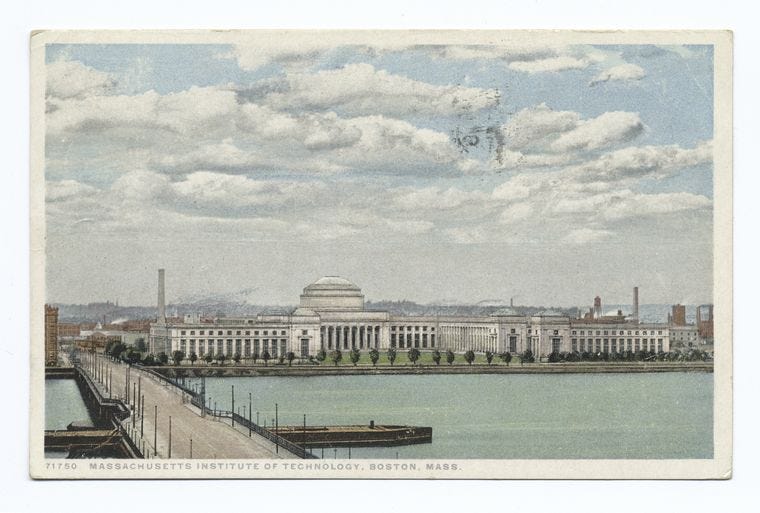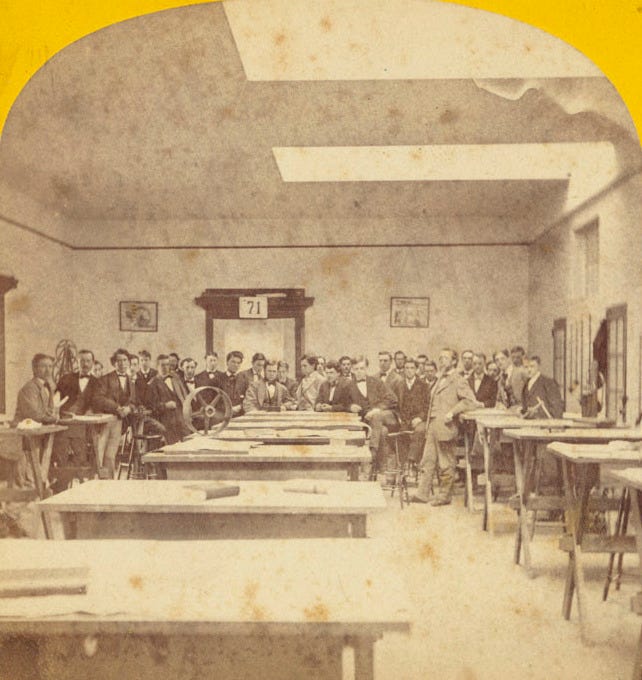
I just finished Warren Weaver’s ludicrously underrated autobiography, Scene of Change: A Lifetime in American Science (It’s so out of print that the only copies I could even find were $80+ and they were few and far between) . I’m working on a long-form post about some major takeaways from the book, but, in the meantime, I couldn’t resist releasing a Short covering a few other interesting pieces of the book.









